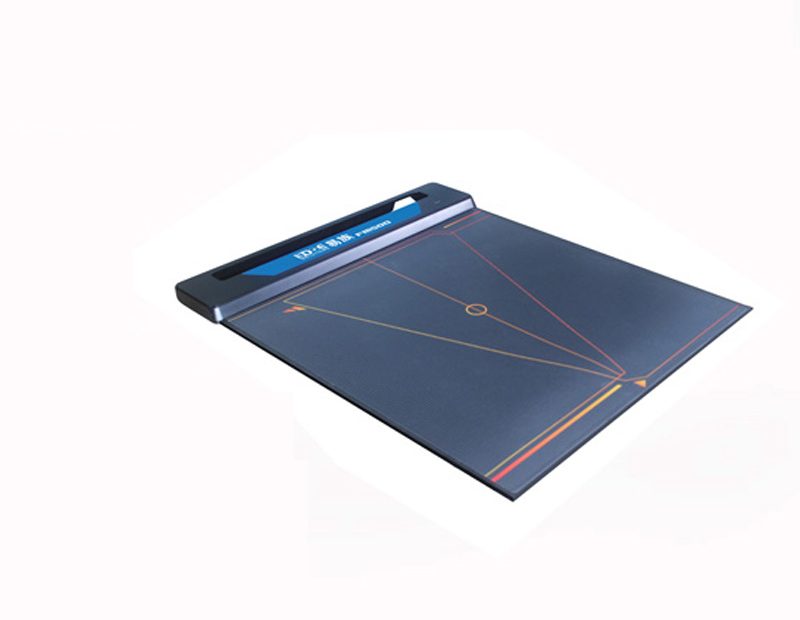Popular Searches:foot scanner | 3D scanner | 3D Printer | Design Software |


Tel :0755-86131192 86180201
Fax :0755-86180213
E-mail: [email protected]
Website: gift0755.cn
Address: 3A05, Minzhi Chamber of Commerce Building, Minzhi Avenue, Longhua District, Shenzhen
Are you here: Home > News > Industry NewsIndustry News
What are the functions and effects of a gait analyzer?
Time:2025-02-11 14:01:02Source:深圳市精易迅科技有限公司Views:33
Gait analyzer is a professional device used to evaluate human gait. It is widely used in medicine, rehabilitation, sports science, orthopedics and foot health. Its main functions and features are as follows:
I. The main role of gait analyzer
1. Clinical diagnosis
Help doctors diagnose gait abnormalities, such as hemiplegic gait, paraplegic gait, spastic gait, Parkinson's gait, etc.
Evaluate plantar pressure distribution and identify abnormal gait patterns.
2. Rehabilitation training and evaluation
Monitor gait changes during rehabilitation and help patients adjust their walking style.
Guide postoperative rehabilitation, such as knee replacement, ankle injury rehabilitation, etc.

3. Sports biomechanical analysis
Evaluate the gait pattern of athletes, improve sports performance, and reduce the risk of injury.
Study the effects of different sports on the lower limbs, such as running, jumping, etc.
4. Orthotics and foot health
Design customized corrective insoles or orthotics to improve the mechanical structure of the foot.
Assess foot problems such as flat feet, high arches, and inversion of the foot.
5. Fall risk assessment for the elderly
Analyze gait stability, predict fall risks, and develop fall prevention intervention plans.
Monitor parameters such as step length and speed to detect gait abnormalities in a timely manner.
2. Main functions of gait analyzer
1. Gait parameter measurement
Gait cycle parameters such as step length, speed, cadence, swing phase, and support phase.
2. Plantar pressure distribution analysis
Record the pressure distribution in different areas of the plantar to evaluate walking stability.
3. Joint angle and motion trajectory analysis
Monitor the motion trajectory of joints such as hips, knees, and ankles to evaluate gait abnormalities.
4. Three-dimensional gait analysis
Combined with optical or inertial sensing technology, whole-body gait motion modeling is achieved.
5. Real-time gait feedback
Display gait data through the software interface to provide real-time feedback and adjustment suggestions.
6. Data storage and comparative analysis
Record the patient's multiple gait data and analyze the changing trend of rehabilitation process or sports performance.



